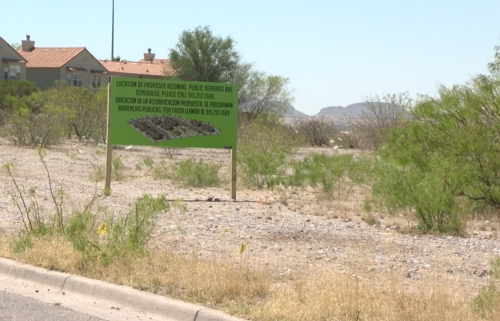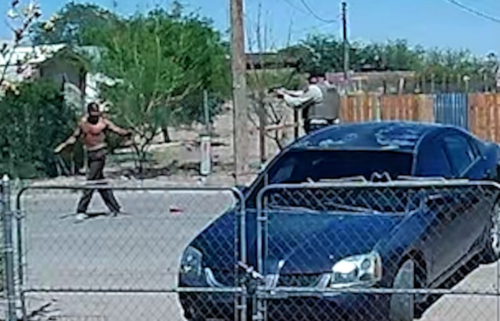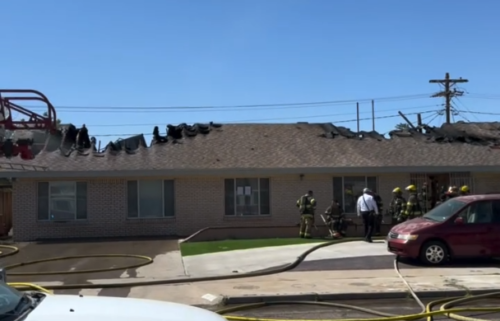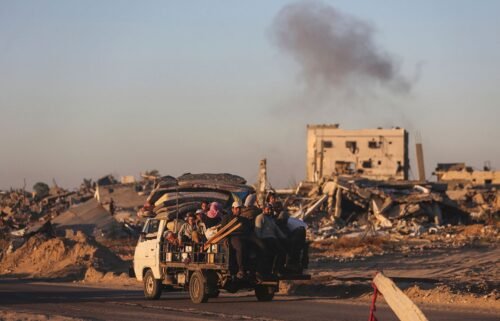Lava is spilling toward a key Hawaiian highway, but the governor says it’s safe to visit the Big Island
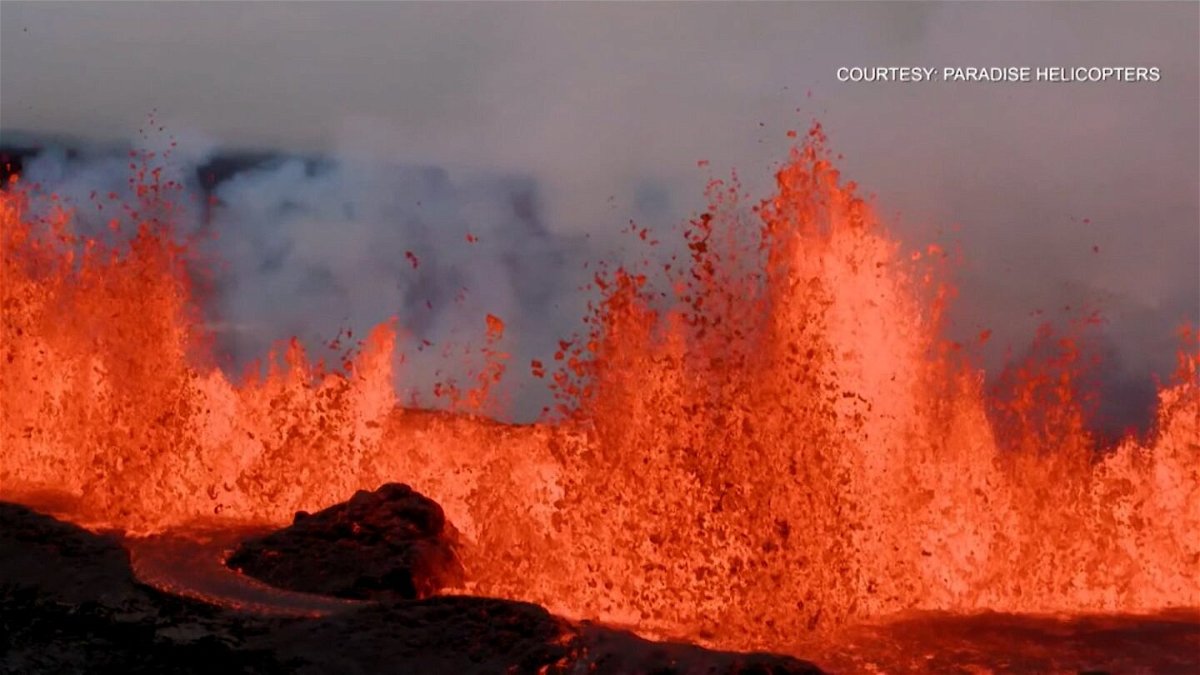
(CNN) -- The world's largest active volcano is shooting fountains of lava more than 100 feet high and sending a river of molten rock down toward the main highway of Hawaii's Big Island.
The leading edge of the lava flow gushing out of Mauna Loa is about 4.5 miles away from Saddle Road, also known as Daniel K. Inouye Highway, the Hawaii County Civil Defense Agency's website said Wednesday morning.
"It does not pose a threat to any communities at this time," the agency said. But parking along the highway is prohibited between mile markers 16 to 31, and any vehicles left there could be towed.
Mauna Loa's eruption propelled lava up to 148 feet high, the US Geological Survey tweeted. At least one lava flow was several yards thick.
Just 21 miles away from Mauna Loa, another active volcano in Hawai'i Volcanoes National Park keeps erupting. While Mauna Loa erupted for the first time in 38 years this week, its neighbor Kilauea has been erupting since last year.
Despite the dual eruptions, Gov. David Ige said it's still safe to visit the Big Island.
"We would encourage everyone who has plans to visit the island to continue," Ige told CNN on Wednesday.
"It is completely safe. The eruption site is high up the mountain, and it's in a relatively isolated location," he said.
But distracted drivers gawking at the lava flows could cause problems, Ige said.
"We are concerned because visitors and residents are stopping along the highway, and sometimes drivers are not paying attention fully," he said.
"So we are concerned about traffic control on the highway."
'The concern is about dangerous gases'
While officials have said there's no imminent threat to property on the ground, a spate of potential health hazards could linger in the air.
Volcanic gas, fine ash and Pele's Hair (strands of volcanic glass) could be carried downwind, the geological survey said. And state heath officials have warned about the possibility of vog, or volcanic smog.
The Hawaii health department warned residents and visitors about "vog conditions, ash in the air, and levels of sulfur dioxide to increase and fluctuate in various areas of the state."
Children, the elderly and those with respiratory conditions should reduce outdoor activities that cause heavy breathing and reduce exposure by staying indoors and closing windows and doors if vog conditions develop, the health department said.
The governor acknowledged the potential for air hazards and said officials are tracking air quality monitors across the island.
"The concern is about dangerous gases from the fissures. And the most dangerous is sulfur dioxide," Ige said Wednesday. "Observing the volcano should occur at a distance. It's not safe to get up close."
While evacuation orders have not been issued, Ige said he signed an emergency proclamation as a "proactive" measure.
The proclamation "would make available all of the emergency responders, should it be necessary to active the National Guard, to help with control and keeping people away from the volcano," Ige said. "Or should evacuations be necessary, that would just allow us to act quickly and promptly."
Mauna Loa eruptions can be "very dynamic"
At 13,681 feet above sea level, Mauna Loa is the world's largest active volcano.
"Based on past events, the early stages of a Mauna Loa rift zone eruption can be very dynamic, and the location and advance of lava flows can change rapidly," the geological survey said earlier this week.
The eruption and lava flow have also cut off power and impeded access to a critical climate tool used to maintain the so-called "Keeling Curve," which is the authoritative measurement of atmospheric carbon dioxide and vital scientific evidence for the climate crisis.
The Keeling Curve graph is comprised of daily carbon dioxide concentration measurements taken at Mauna Loa since 1958.
"It's a big deal. This is the central record of the present understanding of the climate problem," said Ralph Keeling, a geoscientist at the Scripps Institution of Oceanography at the University of California in San Diego and son of the Keeling Curve creator.
The-CNN-Wire
™ & © 2022 Cable News Network, Inc., a Warner Bros. Discovery Company. All rights reserved.

